Interoperability demo planned between DARPA’s Blackjack and PredaSAR satellites
Thursday, 16 December 2021 23:01
PredaSAR won a $2 million contract from the U.S. Space Force to demonstrate interoperability between its satellites and the Blackjack military constellation.
Intelsat gets bankruptcy court approval to exit Chapter 11 in early 2022
Thursday, 16 December 2021 22:52
Intelsat is poised to exit Chapter 11 in early 2022, after its bankruptcy court approved a restructuring plan that cuts the satellite operator’s debt from about $16 billion to $7 billion.
Satellogic nearing completion of SPAC merger
Thursday, 16 December 2021 22:06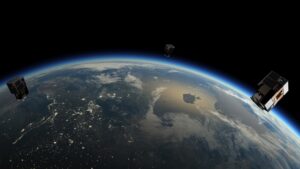
Earth observation company Satellogic expects to begin trading on the Nasdaq next week after completing a merger with special purpose acquisition corporation (SPAC).
Opening a 50-year-old Christmas present from the Moon
Thursday, 16 December 2021 21:17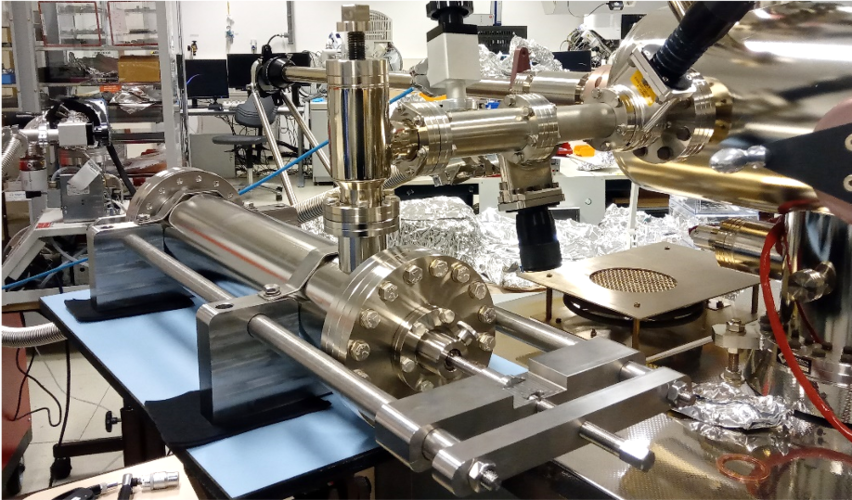
A pretty special gift unwrapping will soon take place – a piercing tool built by ESA will open a Moon soil container from Apollo 17 that has gone untouched for nearly 50 years. The opening will allow the extraction of precious lunar gases which may have been preserved in the sample.
Defense policy bill gives a budget boost to space programs
Thursday, 16 December 2021 21:06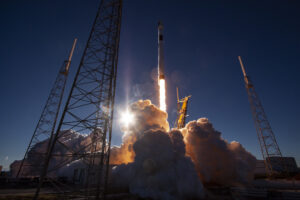
The 2022 National Defense Authorization Act adds more than $645 million to Defense Department space programs above the Biden administration’s request.
Astronomers spy quartet of cavities from giant black holes
Thursday, 16 December 2021 20:04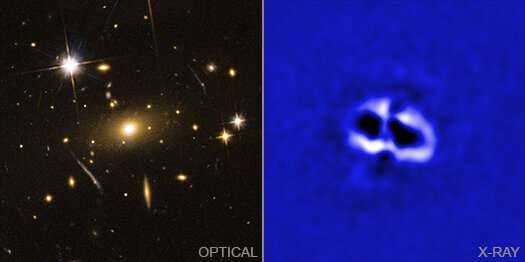
Scientists have found four enormous cavities, or bubbles, at the center of a galaxy cluster using NASA's Chandra X-ray Observatory. This unusual set of features may have been caused by eruptions from two supermassive black holes closely orbiting each other.
Galaxy clusters are the largest structures in the universe held together by gravity. They are a mixture of hundreds or even thousands of individual galaxies, enormous amounts of hot gas, and unseen dark matter. The hot gas that pervades clusters contains much more mass than the galaxies themselves, and glows brightly in X-ray light that Chandra detects. An enormous galaxy is usually found at the center of a cluster.
A new Chandra study of the galaxy cluster known as RBS 797, located about 3.9 billion light-years from Earth, uncovered two separate pairs of cavities extending away from the center of the cluster.
Pléiades Neo 4 satellite enters service without a hitch
Thursday, 16 December 2021 19:16
Pléiades Neo 4, the second of four planned high-resolution images satellites built and operated by Airbus Defense and Space, entered service Dec. 15 free from an issue that prompted an insurance claim for Pléiades Neo 3.
Watching the blink of a star to size up asteroids for NASA's Lucy Mission
Thursday, 16 December 2021 17:20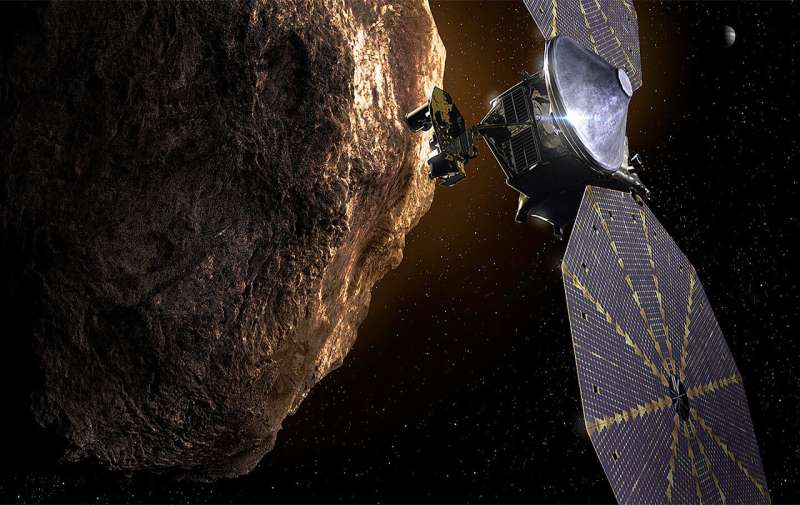
Gathering near Las Vegas recently, dozens of astronomers spread throughout the region, pointed their telescopes at the sky and waited for the moment on Oct. 20 that the light from a faraway star blinked out.
It was an event so miniscule it would have been easy to miss. Yet the data gathered in those few seconds will contribute to the success of NASA's Lucy mission, which launched from Cape Canaveral Space Force Station in Florida on Oct. 16.
The star appeared to briefly blink out because the asteroid Eurybates had passed in front of it. Eurybates is one of a handful of asteroids Lucy will visit over the next 12 years.
As Eurybates eclipsed the star, a phenomenon scientists call an "occultation," a 40-mile- (300-kilometer-) wide shadow the size of the asteroid passed over the region.
SpaceX CRS-24 launching multiple life science investigations to the International Space Station
Thursday, 16 December 2021 14:44
The microgravity environment on the International Space Station (ISS) has a profound impact on cells and tissues, allowing researchers to conduct life sciences research in ways not possible on the ground. SpaceX's 24th Commercial Resupply Services (CRS) mission to the orbiting laboratory will deliver a variety of life science payloads sponsored by the ISS National Laboratory. From stem cell research on neurodegenerative diseases to a tissue chip experiment studying the blood-brain barrier and an investigation testing the use of bacteria to protect DNA from the stresses of spaceflight—the research launching on this mission is helping to improve the quality of life for people on Earth.
Microgravity affects organisms—from bacteria to humans—inducing changes such as altered gene expression and DNA regulation, changes in cellular function and physiology, and 3-D aggregation of cells. Research leveraging these effects can drive advances in pharmaceutical development, disease modeling, regenerative medicine, and many other areas within the life sciences. Below are highlights of several life sciences investigations sponsored by the ISS National Laboratory that are launching on SpaceX CRS-24.
The National Stem Cell Foundation is collaborating with the Exomedicine Institute on a unique 3-D study of neurodegeneration in the absence of gravity using cells from patients with primary progressive multiple sclerosis (PPMS) and Parkinson's disease (PD).
NASA scientist discusses Parker's journey to the sun
Thursday, 16 December 2021 14:34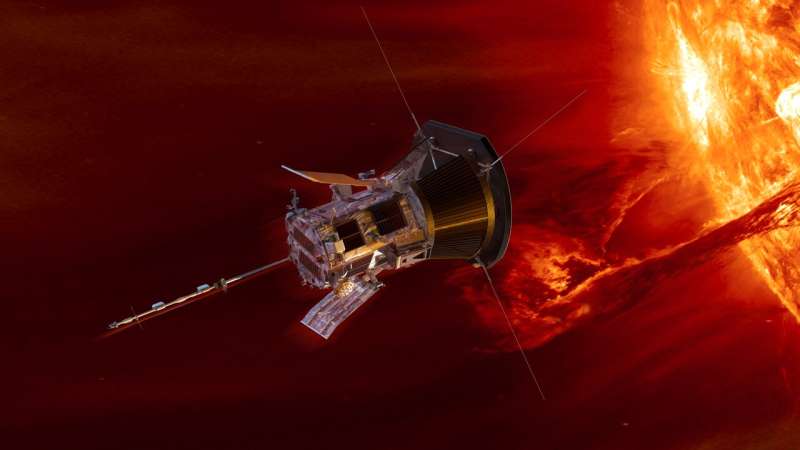
Sixty years ago, NASA set an out-of-this-world goal: to touch our sun. Sending a spacecraft to the fiery star at the center of our solar system is no small feat. From engineering a spacecraft that could hurtle 430,000 mph through space to agreeing on what kinds of data it would capture, there was a lot to sort out. A half-century in the making, Parker Solar Probe finally launched in 2018. Now, three years later, it has touched the sun.
NASA Program Scientist Kelly Korreck serves as head of science operations and project manager for the Solar Wind Electrons Alphas and Protons, or SWEAP, investigation. SWEAP is one of four instrument suites aboard Parker Solar Probe. SWEAP includes a cup that sits outside the spacecraft's heatshield to scoop up some of the sun's plasma.
Inaugural Space Resources Challenge for driving and walking rovers
Thursday, 16 December 2021 13:47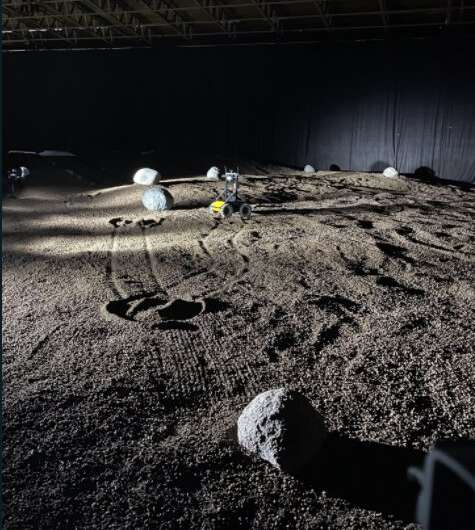
Driving and walking rovers competed to survey a shadowy analog of the south polar lunar surface for useable resources during the inaugural ESA-ESRIC Space Resources Challenge. Some 13 teams from across Europe and Canada took part in last month's field test, with the winners due to be announced shortly.
The Space Resources Challenge—supported by ESA and the European Space Resources Innovation Centre (ESRIC) in Luxembourg—is asking European (and Canadian) researchers and institutions to develop and demonstrate a system of one or more vehicles capable of prospecting resources on the Moon in the near future.
Massimo Sabbatini, overseeing the contest for ESA, comments: "ESA is analyzing the results of the first field test of the Challenge and the competition is fierce. There was a wide range of participants and technological solutions to the problem of prospecting: notably different locomotion techniques—legged, wheeled, tracked, and so on—and approaches, such as single versus multiple vehicles and aerial vehicles. The jury is out!"
The emphasis of the contest is on prospecting: pinpointing promising resources within a difficult lunar environment then characterizing them in as much detail as possible, such as through visual inspection or spectral analysis.
Op-ed | Through the Legs of Giants: The next chapter in Australia’s space journey
Thursday, 16 December 2021 13:00
Australia’s modern space story is only just beginning, and its progress today is a perfect example of how a nation is leveraging its resources and capabilities, making smart investments, and implementing focused strategies to grow its space ecosystem, participate in the global space economy, and enjoy the rewards it offers for life on Earth.
Did black holes form immediately after the Big Bang?
Thursday, 16 December 2021 13:00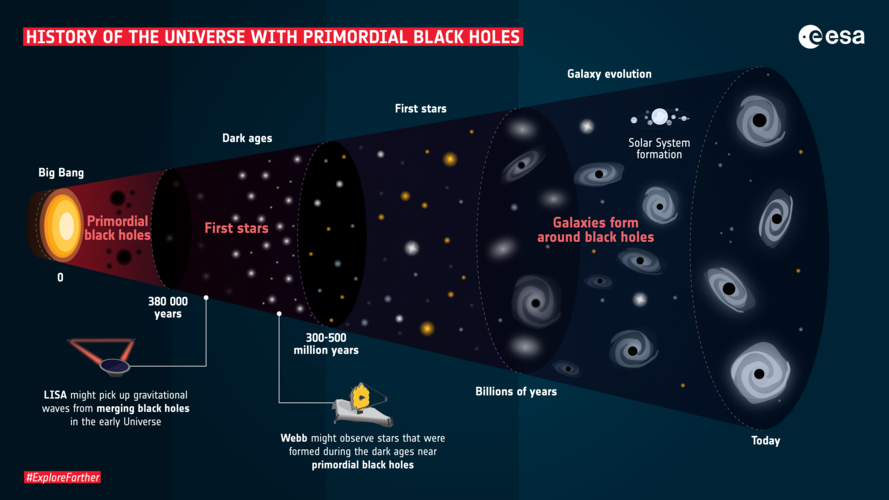
How did supermassive black holes form? What is dark matter? In an alternative model for how the Universe came to be, as compared to the ‘textbook’ history of the Universe, a team of astronomers propose that both of these cosmic mysteries could be explained by so-called ‘primordial black holes’.
MDA announces Chorus as new commercial EO mission
Thursday, 16 December 2021 10:07 MDA Ltd. has announced at the World Satellite Business Week event that its next generation commercial Earth observation (EO) mission will be named CHORUS. The company also announced that CHORUS will initially include C-band and X-band Synthetic Aperture Radar (SAR) satellites.
A collaborative multi-sensor constellation, CHORUS will bring together multiple diverse and unique perspectives in
MDA Ltd. has announced at the World Satellite Business Week event that its next generation commercial Earth observation (EO) mission will be named CHORUS. The company also announced that CHORUS will initially include C-band and X-band Synthetic Aperture Radar (SAR) satellites.
A collaborative multi-sensor constellation, CHORUS will bring together multiple diverse and unique perspectives in 

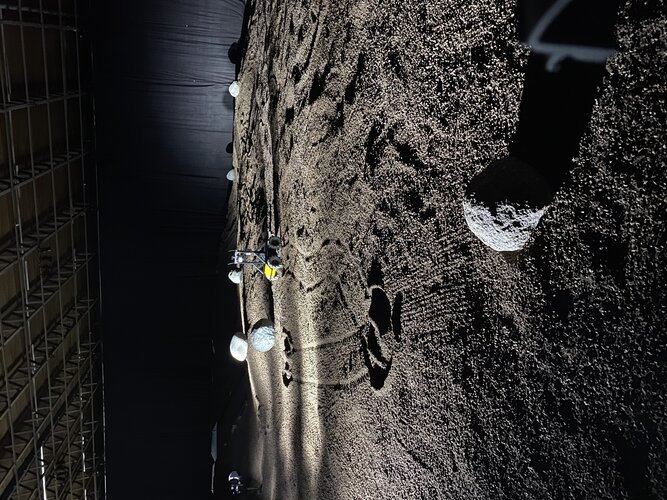 Image:
Lunar robot wars
Image:
Lunar robot wars